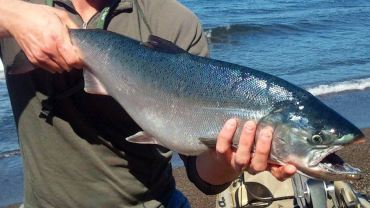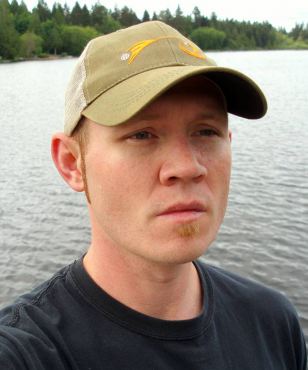
One of the great joys of living in the Puget Sound region is engaging in the variety of fishing and shellfishing opportunities while becoming more intimately acquainted with the ecosystems that support the resource.
The waters in our immediate vicinity and others within a drive of a couple of hours throughout Western Washington offer year-round chances to wet a line. We’ll spend some exploring what’s available and when, beginning with (pardon the pun) the king of our local fish: salmon.
These iconic Pacific Northwest species remain the primary draw for anglers (as they have been for more than a century), and include kings (or Chinook), silvers (or Coho), chums and pinks. They return annually or semi-annually.
For those uninitiated, a few details. Salmon are born in freshwater streams and rivers then migrate out to the Sound or beyond to the Pacific to mature while feeding on the tremendous biomass of the marine environment. Beginning in spring and early summer, and lasting well into the fall, different species make their annual “runs,” returning to their home rivers to spawn and eventually expire.
Chinook, the largest of the species, trickle in starting each spring, and hit full force by July and August. In odd-numbered years only, pink salmon follow hot on the king’s tails, while being joined by early silvers (like Chinook, they run annually), which hit peak numbers into September. The brutish chum follow through October and November each year.
Each species has individual draws such as ease of catching, quality on the table and ferocity of the fight. Upcoming articles will address individual species and their characteristics.
While fishing for salmon in the Sound remains comparatively strong and dedicated anglers frequently find success, it is not uncommon to hear more seasoned anglers toss around phrases along the lines of “it ain’t what it used to be,” which in some ways is unfortunately true.
Decades of overharvest and unmitigated habitat degradation have certainly taken a toll; however, in recent years more work than ever has been done in an effort to restore and support the fishery.
Because of the highly complex lifecycle of salmon (salmon are anadromous, meaning born in freshwater and migrating to a marine environment), it is difficult to determine what causes fluctuations in their populations.
What we as humans can do, as we coexist in this magnificent environment, is educate ourselves on the issues that affect our salmon populations and become stewards for the resource through responsible harvest practices, and protect all environments in which these keystone species must navigate throughout their amazing lifecycle.
























